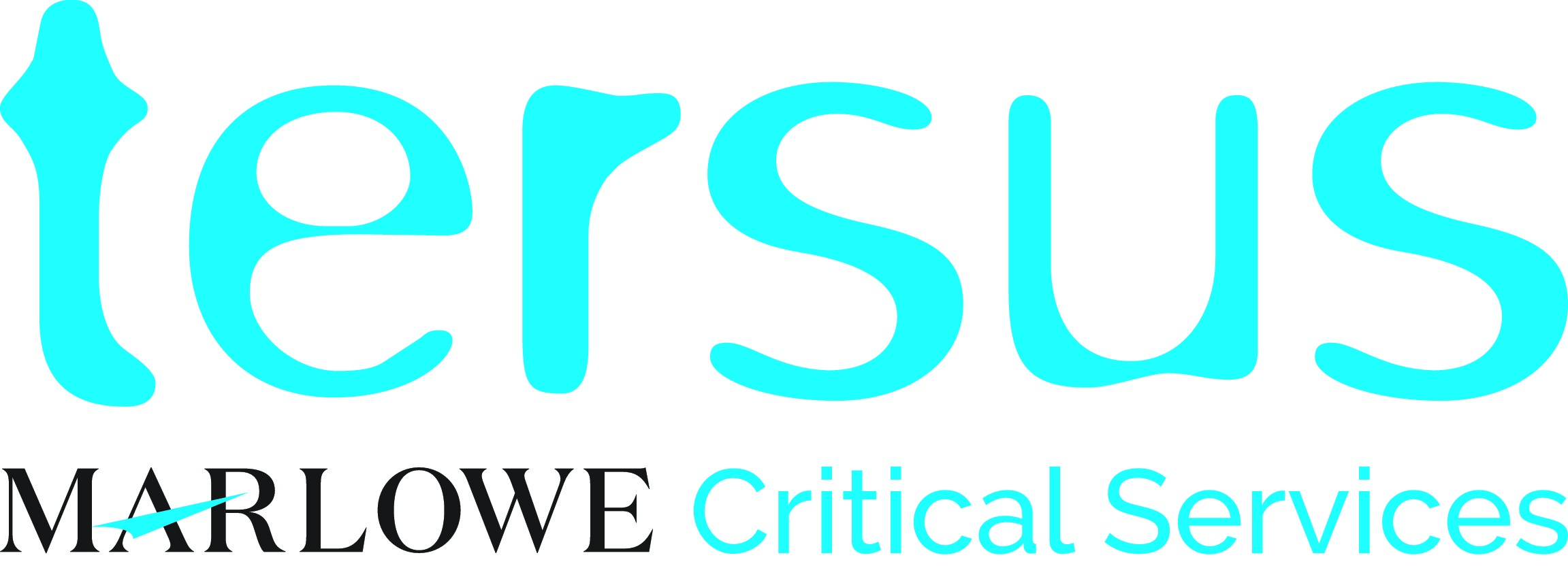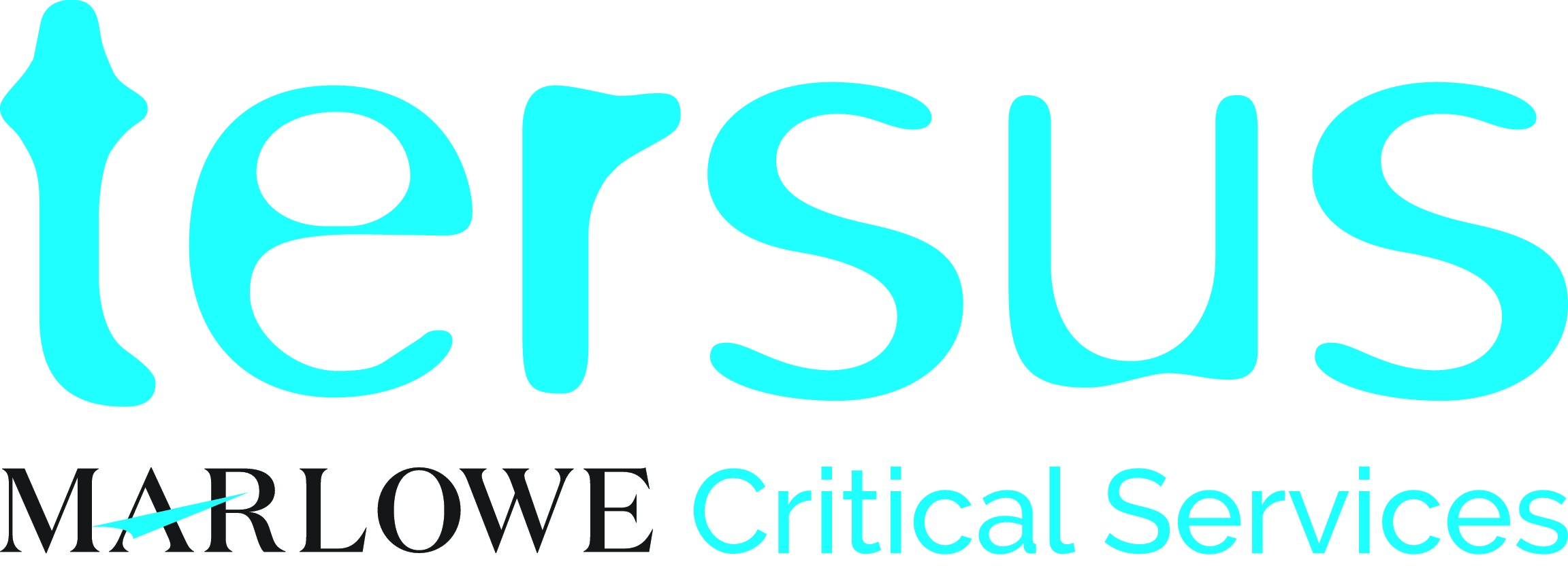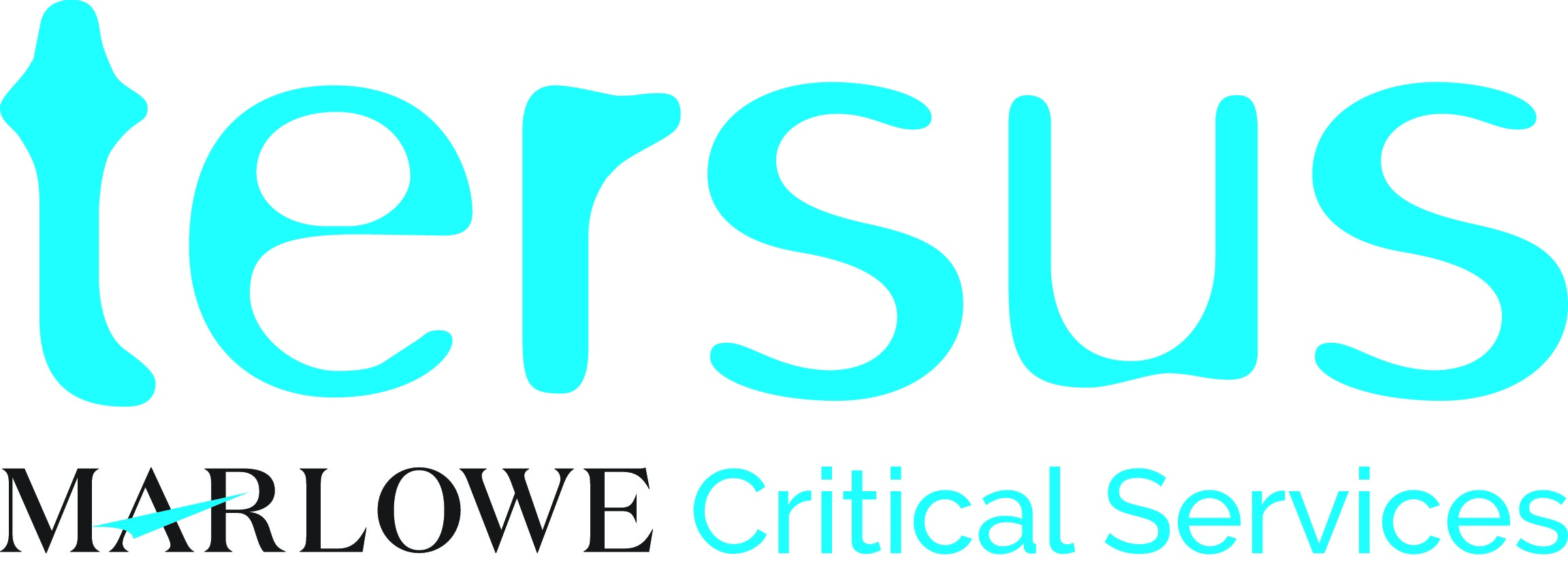Title Page
-
Audit Report Number: (Year / Office / Surveyor / Number per year)
-
Survey Report Number:
-
Type of Survey audited:
- Management Survey
- Refurbishment Survey
- Management with Refurbishment Elements Survey
- Demolition Survey
-
Purpose of Audit
- Part of initial authorisation
- Ongoing competency
- 3 Month Audit
- Monitoring (Corrective Action)
- Other
- TM not advised
-
Type of Building
- Domestic
- Commercial
- Industrial
- None - more audits tbc
-
Client
-
Location / site address
-
Conducted on
-
Auditor
-
Surveyor Name:
Survey Details / Requirements:
-
Are the details supplied by the office correct, accurate and sufficient for the surveyors needs (state):
-
Are there any limitations for the survey?
-
If yes, please give details
-
Since the last audit, has the surveyor had any concerns regarding impartiality?
-
If yes, please give details
1.0 Respiratory Protective Equipment:
-
1.1 Does the surveyor have the mask that they have been face fit for?<br>
-
Can they still undertake the survey safely
- Yes - they have a hood
- Yes - they are not going to be sampling
- No - audit/survey must stop
-
1.2 Is the surveyor clean shaven?
-
Is the face collapse test still effective?
- Yes - the facial hair is minimal
- No - they can't sample safely
-
Escalate to line manager
- Line manager advise survey can continue with no sampling
- Line manager advise survey/audit must stop
-
1.3 What mask does the surveyor have?
-
Other - Please State
-
1.4 Mask Details - Mask No (red tag or other unique identifier) TAKE PHOTO OF UNIQUE ID
-
1.5 State exp date marked on filter (manufacturers exp date):
-
1.5.1 Is an expiry date marked on filter (company exp date):
-
what is the date?
-
Add media
-
1.6 Is the mask and storage box clean :
-
Notes:
-
1.7 Is the RPE checked as outlined in the company procedures for checking RPE (Seals, valves, head straps, filter)
-
Notes:
2.0 Personal Protective Equipment:
-
2.1 Does the surveyor have coveralls available:
-
can they prevent cross contamination to their person?
- yes - the activities do not necessitate use of coveralls
- yes - coveralls have been obtained
- no
-
Type:
-
2.3 Does the surveyor have a hard hat?
-
2.4 Is the surveyor wearing suitable safety footwear? (Steel toe capped boots for example)
-
2.5 Is the surveyor wearing their lone working device?
-
List all of the PPE worn by the surveyor during the survey, ideally when taking a sample. (Other items to consider include gloves, ear defenders, Hi-visibility clothing etc).
3.0 Surveyors Tools:
-
3.1 Torch:
-
3.2 Screwdrivers - flat and crosshead:
-
3.3 Knife:
-
3.4 Chisel:
-
3.5 Bradawl:
-
3.6 Fibre Suppressant:
-
3.7 Suitable sample Bags:
-
3.8 Filler and Paint:
-
3.9 Tape:
-
3.10 Wet Wipes:
-
3.11 Sample labels:
-
3.13 FB Keys:
-
3.14 Square Drive Key:
-
3.15 Hammer:
-
3.16 Crowbar:
-
3.17 Tablet with TEAMS access?
-
Can they locate procedural and guidance documents through TEAMS?
-
how do they record their survey and is is suitable?
-
3.18 H- Type Vacuum
-
3.19 Drop Sheet
-
3.20 Pliers (not serrated)
-
3.21 Warning signage
-
3.22 Core sampling kit (describe)
-
3.23 Spares?
-
3.24 Is the tool box clean?
-
3.25 Other:
-
3.26 Are the tools available suitable for the task?
4.0 Access Equipment:
-
4.1 Does the surveyor have ladders suitable for the survey?
-
4.2 Are they company issue?
-
Ladder ID number(s)
-
Date of next inspection(s)
-
Notes:
-
4.3 Are they still in a serviceable condition?
-
Add media
5.0 Risk Assessment:
-
5.1 Has the surveyor completed the site Risk Assessment and is it truly representative of the site:
-
Was a Risk Assessment supplied by Management:
-
is this because the surveyor does their own dynamic assessment?
- yes
- no. there is no adequate risk assessment.
-
is this enough?
- yes, no other RA needed
- no, the surveyor still records their own
-
Was a Risk Assessment done on Teams:
-
If not was Risk Assessment done on other paperwork:
-
Notes:
6.0 Recording of Information:
-
6.1 What does the surveyor use to record information and when do they complete it? ie TEAMS ( tablet), paper, digital camera/phone, other?
-
6.2 Plans - Do they show all sample refs?
-
6.3 Plans- do they show inspection item references as generated by TEAMS?
-
6.4 Plans - if none provided, are they drawn as an accurate reflection of the area subject to the survey?
- Yes
- No - the site is too complex to draw
- No - the site is simple enough to draw but is mis-represented
-
Can plans be obtained during the survey/site work?
-
6.5 Plans - if provided does the surveyor check accuracy?
-
6.6 Plans - do they show all N/A areas?
-
6.7 MAS - are the scores accurate?
- Yes
- No - unsatisfactory
- No - not as GPD1 but the justification given for the deviation is acceptable ie specific to this contract
- Not applicable
-
6.8 PAS - are the scores accurate?
- Yes
- No - unsatisfactory
- No - not as GPD1 but the justification given for the deviation is acceptable ie specific to this contract
- Not applicable
7.0 Witnessing of Survey by Auditor:
-
7.1 Approach to survey: communication with occupants required, systematic, methodical, throughout:
-
7.2 Level and Method of intrusion: are they required to take images of intrusive inspection points and do they:
-
7.3 Sampling Activities: describe what they sample and how. Do they sample as they go or leave sampling to the end of the survey:
-
7.4 Was the area vacated prior to sampling?
-
7.5 Give an example (choose a sample taken) and describe how the sample area and sample was prepared, how it was taken and then stored and how the sample point was made good
-
7.6 Do they demonstrate that they can locate the presence and accurately record the extent of ACM, and to assess their condition (MAS) as applicable, in relation to occupant activities ie management survey techniques).
-
describe/record an example
-
7.7 Do they demonstrate that they can locate the presence and accurately record the extent of ACM, and to assess their condition (MAS) as applicable in relation to the planned project ie refurbishment survey techniques.
-
describe/record an example
-
7.8 Do they demonstrate that they can locate the presence and accurately record the extent of any ACM, and also to assess their condition (MAS) if needed/applicable, in relation to the planned demolition project.
-
describe/record and example
8.0 Auditors Report: Conclusion, Recommendations for Authorisation etc.
-
Purpose of audit
- Part of initial authorisation
- Ongoing competency
- 3 Month Audit
- Monitoring (Corrective Action)
- Other
- TM not advised
-
Your conclusion - competency demonstrated?
-
If No, state why
- Satisfactory but not complex enough
- Not satisfactory - scope not understood
- Not satisfactory - equipment failure
- Not satisfactory - poor sample handling techniques
- Not satisfactory - more training needed re data input
- Not satisfactory - more training/experience needed.
-
More details? (optional)
-
Premises types to be considered by for authorisation? Select multiple if applicable.
- Domestic
- Commercial
- Industrial
- None - more audits tbc
-
Survey types to be considered for authorisation? Select multiple if applicable.
- Management
- Targeted/localised refurbishment
- Refurbishment
- Demolition
- Re-inspection (Reg 4)
- None, more audits tbc
-
Other comments
9.0 Signature Page
-
Signature of Auditor:
-
Select date
-
Signature of Auditee
-
Select date









